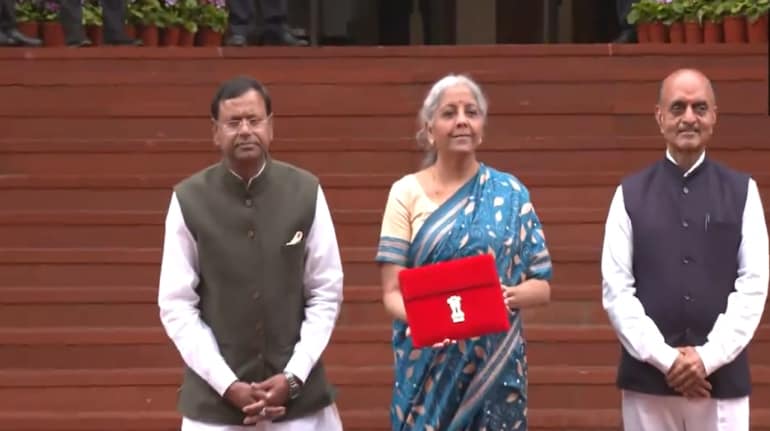
Both sides had signed a memorandum of understanding (MoU) on a possible deal at the end of May.
The takeover of the Gujarat plant will offer much-needed capacity for Tata Motors, which has set its sights on crossing half a million annual sales this financial year, up from 370,400 in FY22. The company is currently operating at 85-90% capacity and to sustain this momentum it will need fresh capacity. The company produces its cars at Pune and Ranjangaon in Maharashtra and Sanand in Gujarat.
The acquisition of Ford’s plant will help raise Tata Motors annual capacity at Sanand to 300,000 units, which is further scalable to more than 400,000 units, taking the company’s total to 900,000 to 1 million units.
ET had reported in March about potential sale discussions between Tata and Ford for a deal worth $100-150 million.
Tata Motors and Ford India didn’t respond to queries.
The memorandum of understanding had been signed by Tata Motors unit Tata Passenger Electric Mobility Ltd (TPEML), Ford and the state government for the potential purchase of land and buildings, Ford’s vehicle manufacturing plant, machinery and equipment. It also covered the transfer of all eligible employees, pegged at 1,400, of Ford’s Sanand vehicle manufacturing operations, and was subject to the signing of definitive agreements and receipt of relevant approvals.
The acquisition will bolster the electric vehicle (EV) business of Tata Motors, which plans to invest $2 billion in the segment and have a portfolio of 10 models by 2025.
Tata Motors chairman N Chandrasekaran said in July that the company is looking to sell half a million cars, including 50,000 electric vehicles (EVs), in the current fiscal year, with EV sales likely to double to 100,000 units by the next financial year. It sold 19,000 EVs in FY22.
The company had raised about Rs 7,500 crore from TPG Rise and ADQ through a convertible instrument last October for its EV business. The first tranche of Rs 3,750 crore came in FY22 and the second is expected in the third quarter of FY23. Upon full conversion, the investors are expected to get a stake of 11-15% in the EV arm, the business plans of which are ahead of targets so far.
Chandrasekaran had told shareholders the company is ramping up capacity and the acquisition of the Ford factory in Sanand will offer significant “capacity addition” to cater to high demand. “The market share for passenger vehicles has gone up, we are at 14%, and we have higher targets in the future,” he had said.
Tata Motors reported market share improvement in the passenger vehicle (PV) segment in the June quarter. Passenger vehicle revenue was nearly half that of market leader
, even though volume was just one-fourth during the June quarter. While urban demand remained strong, a good monsoon will add to demand growth over the near term, according to the Tata Motors management. The recently launched Nexon EV Max has been well received and has a waiting period of about six months, the company has said.Electric vehicles accounted for 7% of passenger vehicle volume in the June quarter while those powered by petrol, diesel and CNG were at 64%, 18%, and 11%, respectively. Tata Motors increased its market share in the domestic PV market from 12.1% in FY22 to 14.3% in the June quarter. It continued to lead the electric PV market with 88% market share in the fiscal first quarter.
“It’s a win-win for both sides,” said a person with knowledge of the matter. “Tatas get a readymade, state-of-the-art plant set for plug-and-play while Ford also retains a part for export. It will be owned by Tata but jointly operated with Ford.”
Ford, which exited the domestic market last year, is still looking for a buyer for its Chennai plant.
Tata Motors to buy Ford Gujarat plant for Rs 750 crore - Economic Times
Read More

No comments:
Post a Comment